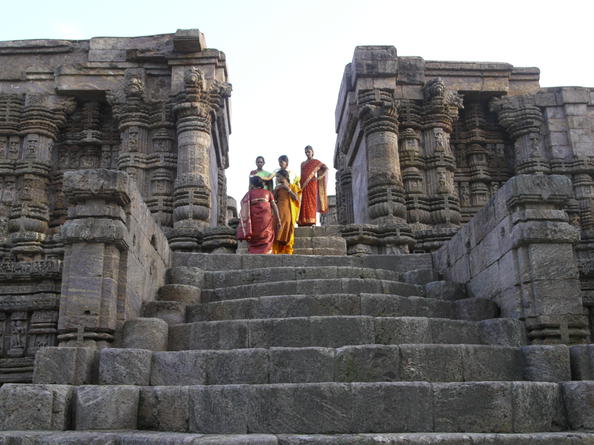- About Us
- Schemes
- Culture Scheme Dashboard
- Scheme of Financial Assistance for Promotion of Art and Culture
- Financial Assistance to Cultural Organizations with National Presence
- Cultural Function and Production Grant(CFPG)
- Financial Assistance for Preservation and Development of Cultural Heriatge of the Himalayas
- Financial Assistance for Development of Buddhist/Tibetan Arts and Culture
- Financial Assistance for Cultural Activities in Performing Arts for Building Grants Including Studio Theatres
- Financial Assistance for Allied Cultural Activities
- Financial Assistance for Promotion of Guru-Shishya Parampara (Repertory grant)
- National Mission on Libraries
- Financial Assistance for Construction of Tagore Cultural Complexes(TCC)
- Scheme of Financial Assistance under Seva Bhoj Yojna
- Scheme of Scholarship and Fellowship for Promotion of Art and Culture
- Museum Grant Scheme
- Scheme for Financial Assistance for Veteran Artists
- Scheme for Promotion of Culture of Science (SPOCS)
- Scheme for Safeguarding the Intangible Cultural Heritage
- Global Engagement Scheme
- Indian Conservation Fellowship Program (ICFP)
- Centenary and Anniversary Celebrations Scheme
- Mission
- ICR
- Commemorations
- CSL
- G20 CWG
- Contact Us
Sun Temple, Konârak

Sun Temple, Konârak
Orissa
Konârak is an outstanding testimony to the 13th-century kingdom of Orissa. It is directly and materially linked to Brahmin beliefs, and forms the invaluable link in the history of the diffusion of the cult of Surya, which originated in Kashmir during the 8th century and finally reached the shores of eastern India.
On the eastern coast of India, south of the Mahanadi Delta, is the Brahmin temple of Kimarak (still spelled as Konârak or Konârka), one of the most famous Brahmin sanctuaries of Asia. Konârak derives its name from Konârka, the presiding deity of the Sun Temple. Konârka is a combination of two words, kona (corner) and arka (Sun). It was one of the earliest centres of Sun worship in India. Built around 1250 in the reign of King Narasingha Deva (1238-64), it marks the apogee of the wave of foundations dedicated to the Sun God Surya; the entire temple was conceived as a chariot of the Sun God with a set of spokes and elaborate carvings.
The present Sun Temple was probably built by King Narashimhadev I (1238-64) of the Ganga dynasty to celebrate his victory over the Muslims. The temple fell into disuse in the early 17th century after it was desecrated by an envoy of the Mughal Emperor Jahangir. The legend has it that the temple was constructed by Samba, the son of Lord Krishna. Samba was afflicted by leprosy and after twelve years of penance he was cured by Surya, the Sun God, in whose honour he built this temple.








